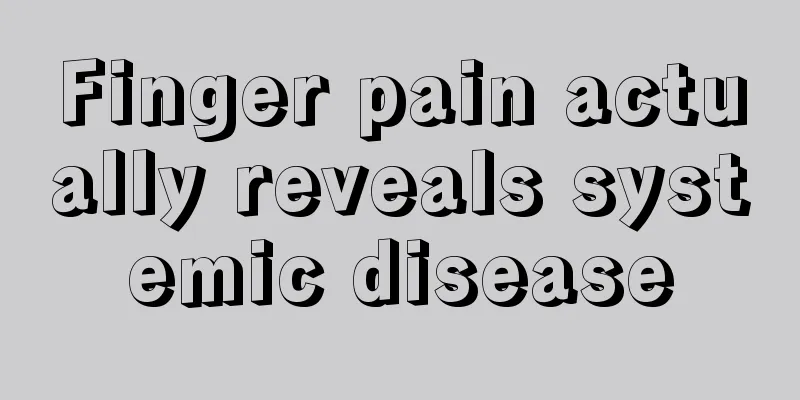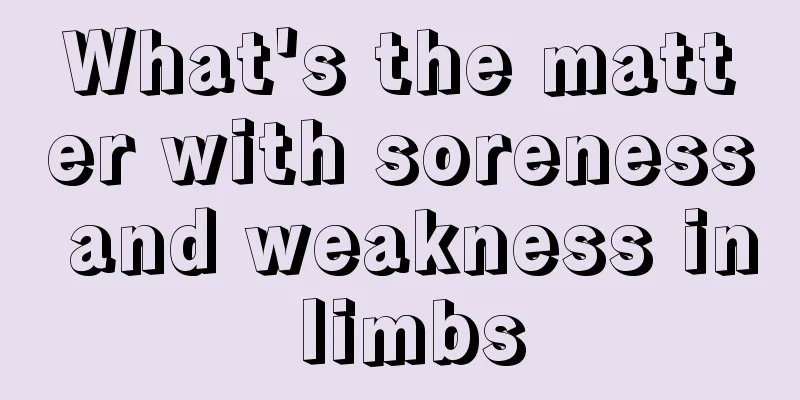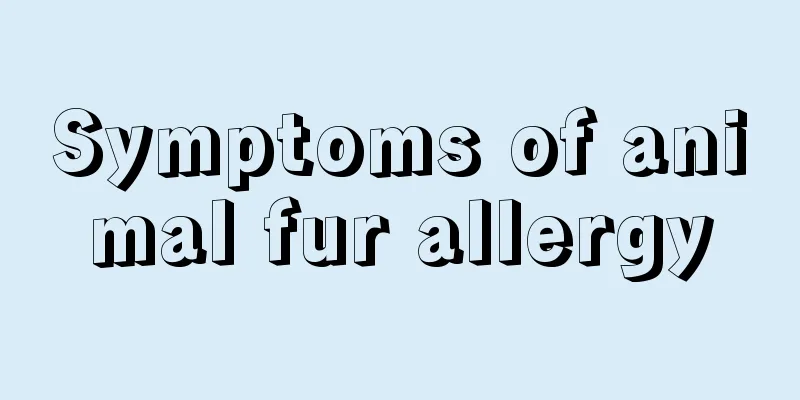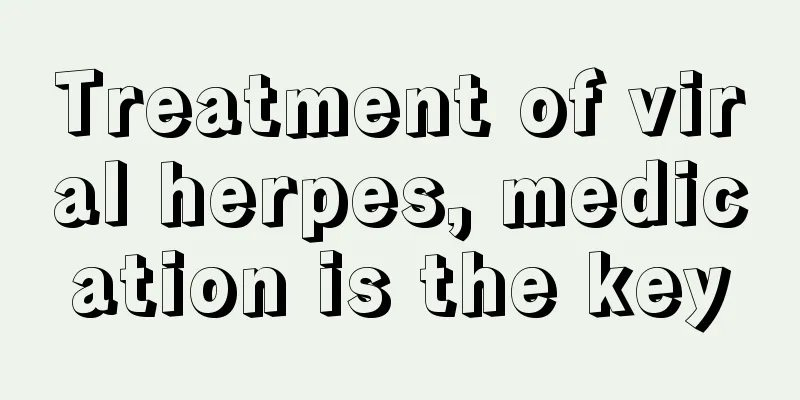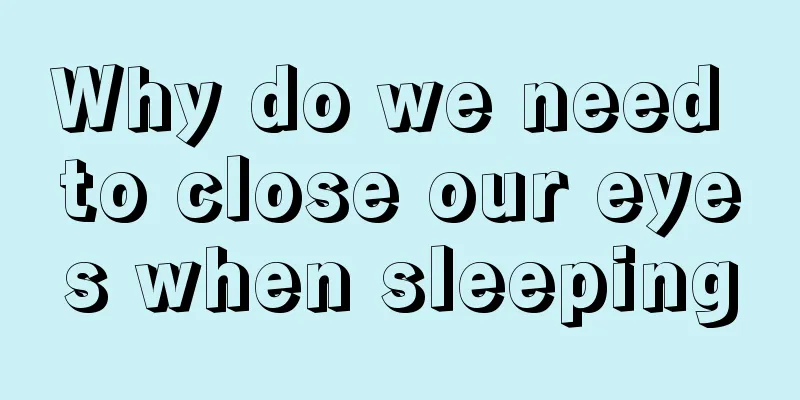The drug of choice for psychomotor seizures
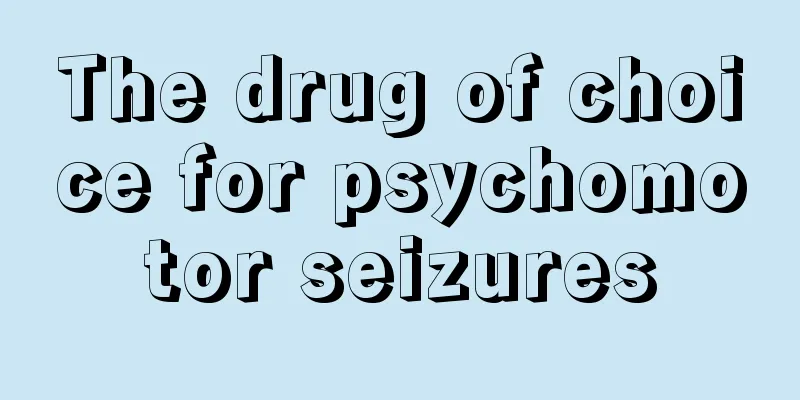
|
Psychomotor seizures usually occur at around the age of 20, which is a relatively late onset among epilepsy types. The main symptoms for people with the disease are impaired consciousness, and may also be mentally abnormal and unable to control their own behavior. Some people will develop systemic seizures. In modern medical treatment methods. Drug therapy remains the first choice for treating psychomotor seizures. Drug treatment is the first choice and can usually effectively control seizures. Commonly used drugs include diazepam, clonazepam, phenytoin sodium, primidone, carbamazepine, oxcarbazepine, lamotrigine, sodium valproate, levetiracetam, etc., which need to be selected rationally based on clinical symptoms. If drug treatment for more than 2 years is ineffective, surgical treatment may be considered as appropriate. Clinical characteristics 1. Only impaired consciousness This seizure should be differentiated from absence seizures. The difference is that this type of consciousness disorder often lasts more than 1 minute, while a true absence seizure does not exceed 1 minute. Sometimes accompanied by other psychomotor seizure manifestations; the EEG does not have the spike-wave complex of 3 times per second of absence seizures. 2. Identification of symptoms 1. Memory impairment: Patients often forget the occurrence of the attack, which is the most common memory impairment. Some patients experience "déjà vu", that is, they feel familiar with strangers or objects; some experience "old things seem new", that is, they feel strange about familiar people or environments. 2. Thought disorders: such as obsessive thinking, etc. 3. Emotional disorders It may cause paroxysmal emotional abnormalities, such as sadness, anger, fear, a sense of impending disaster, and a sense of doomsday. 4. Psychiatric symptoms 1. Illusions: Auditory illusions can manifest as errors in the perception of pitch, distance, and nature of sounds. Visual changes refer to changes in clarity, distance, shape, size, movement speed, etc. For example, some patients feel that the surrounding environment is covered with a layer of gauze, sometimes they see the ground is uneven, sometimes they see the hatchet as if it is twisted, some objects appear large, and some objects appear small. These are all common visual illusions. 2. Hallucinations: Hallucinations in psychomotor seizures are complex, vivid, and vivid. The patient's emotions and behaviors are also controlled by it. There is also another situation called a dream-like state, in which the patient can perceive both the imaginary situation and the real situation at that time, as if he were dreaming. 5. Psychomotor symptoms Automaticity is the most common. Automatism is a special manifestation of epilepsy, which refers to the patient's sudden loss of consciousness, confusion, and mechanical performance of some incomprehensible unconscious movements, or simple, stereotyped, repetitive movements, such as sticking out the tongue, licking lips, smacking lips, touching buttons, nodding, spinning, climbing, walking, running, etc. Sometimes they also perform more complex movements, such as undressing, dressing, tying clothes, combing hair, tearing things, moving things, making beds, etc. Some people can continue their original activities when automatism occurs, such as walking, riding a bicycle, riding in a vehicle, etc. At this time, the patient's face is pale and his eyes are dull. This process usually lasts from a few seconds to half an hour, and then he gradually wakes up and has no memory of the seizure behavior. Among automatisms, behavioral automatism and oropharyngeal automatism are the most common. Automaticity is manifested as involuntary movements of the oropharynx, such as sucking, chewing, swallowing, and drooling; behavioral automaticity is manifested as monotonous and uncoordinated movements, such as rubbing clothes with hands, unbuttoning, and drawing circles in the air with hands raised. Sometimes more complex automatisms may manifest as sleepwalking or wandering. (VI) Composite It can manifest as a combination of multiple complex symptoms. Some develop pathological passions, sudden outbursts of impulse, and even commit illegal acts. Some cases develop a more persistent mental state. Some are paroxysmal and resolve on their own after a period of time. Some may last for months or years, becoming a chronic epileptic psychosis, which may manifest as persecution, grandiose or hypochondriac delusions, auditory hallucinations, visual hallucinations, obsessive thinking, original words, and various forms of thought disorders. Its symptoms are similar to those of schizophrenia, so it is also called epileptic schizophrenia. Care should be taken to differentiate it from schizophrenia. |
>>: Does your nose feel hot when you breathe?
Recommend
How to improve blushing when hot
Normally, your face turns red when it gets a litt...
Can breast cancer patients eat sauerkraut?
Breast cancer is a malignant tumor of the breast....
Things to note after getting braces
Wearing braces is a cosmetic procedure often perf...
Can calcium supplementation during adolescence help you grow taller?
Puberty is the first important period of a child&...
Why do I only have a beard on my chin
When people are born, they have no body hair, but...
Will lung nodules turn into lung cancer
Will lung nodules turn into lung cancer? 1. Lung ...
A phenomenon that shows that the body is aging
In life, it is common for the elderly to have tro...
What are the predisposing factors for bile duct cancer
What are the predisposing factors of bile duct ca...
Massage technique for chest expansion correction
For women, outward expansion of the chest is a co...
What are the sequelae after laryngeal cancer surgery
In today's society, many people are prone to ...
What are the folk remedies for treating late-stage liver disease? What is the best diet for late-stage liver cancer?
The lesions of patients with advanced liver cance...
What are the methods for cervical cancer screening? What should we do to prevent cervical cancer?
Anita Mui, a famous Hong Kong singer, gave her ju...
How often do newborn babies poop?
Newborn babies have relatively small amounts of s...
How to wash yellow sweat stains under the armpits
Yellowing of armpit sweat stains is a common and ...
Biejiarumo powder can be used to treat cancer pain in patients with cervical cancer
After cervical cancer occurs, patients usually ex...
